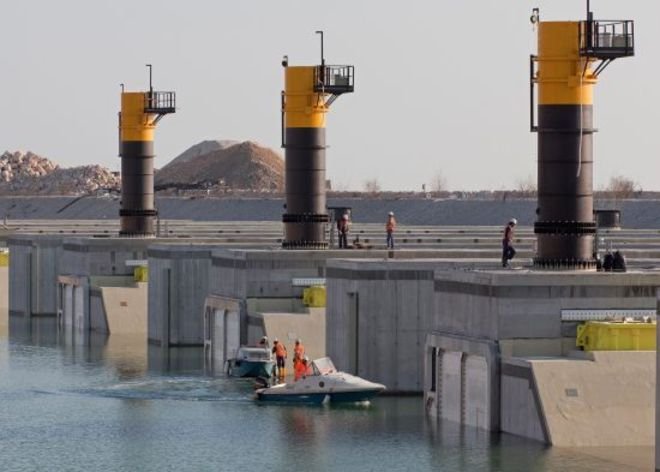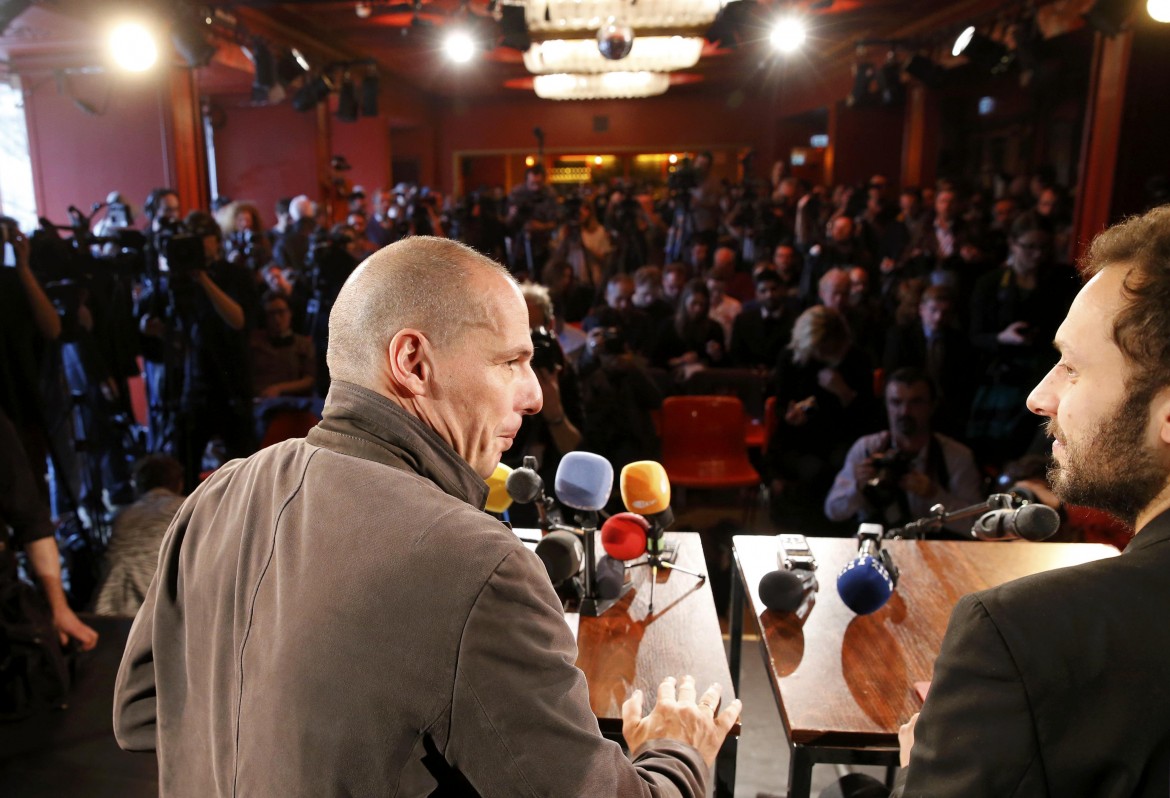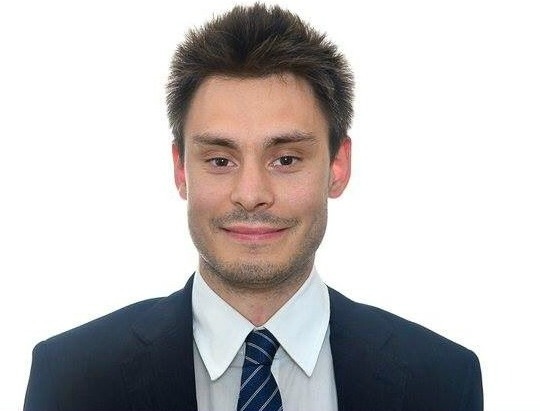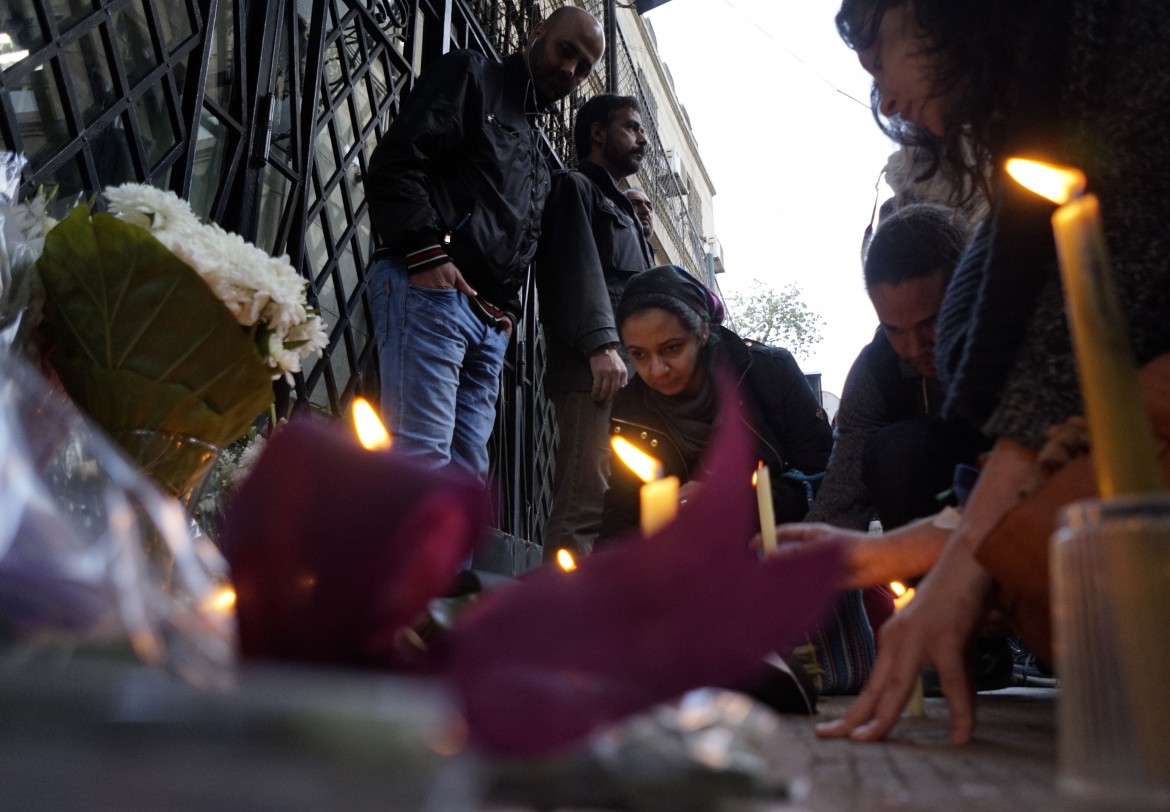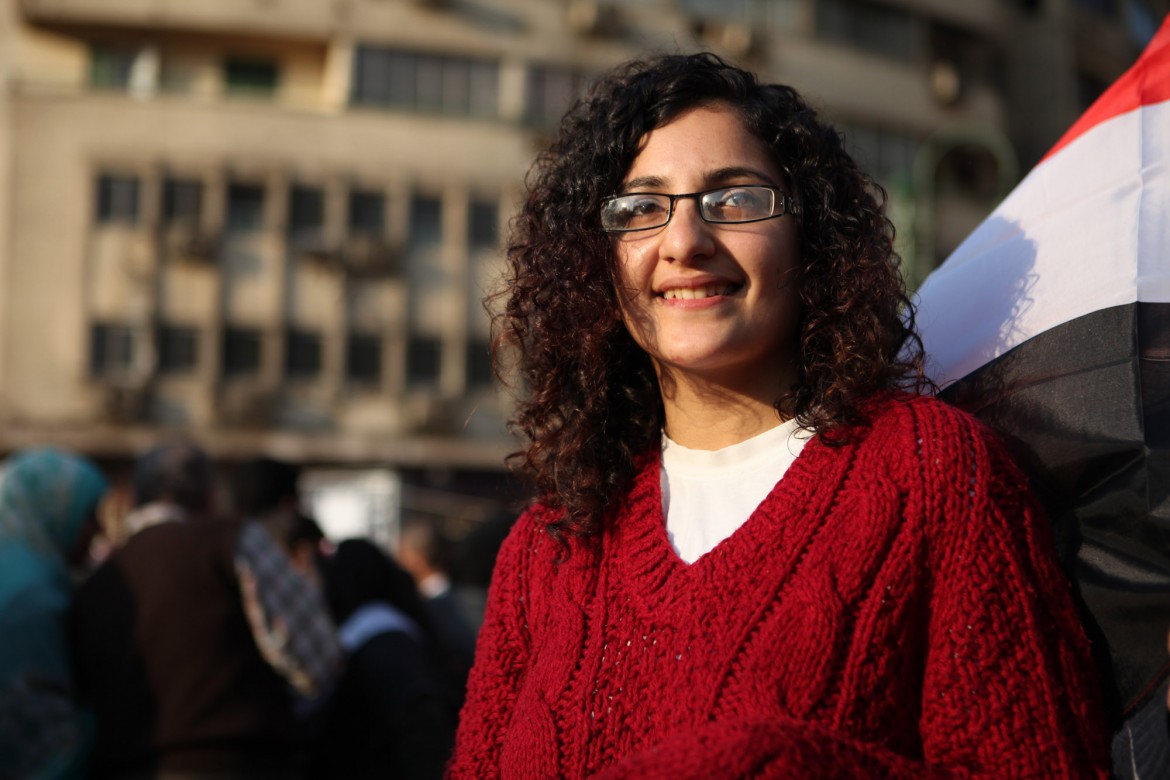Over €1 billion has been spent on the still unfinished rehabilitation of Porto Marghera, the mainland industrial zone just across the Venetian Lagoon from this storied city. Marghera is the emblem of the criminal pollution of the lagoon, but it is also a symbol of a system that devours resources and paralyzes Venice.
Since 2014, Venice has been caught up in a scandal of massive proportions after the mayor was arrested and charged with accepting bribes from the Consorzio Venezia Nuova, a group of companies working together on a megaproject to prevent flooding in the city. The project was called Mose — the Italian word for the biblical Moses. Now, environmental remediations in the nearby municipality of Marghera are running aground. The entire project is mired between the estate of the Consorzio Venezia Nuova, bureaucratic obstacles, crucial missing works and nonexistent safeguards.
Gianfranco Bettin, former environment commissioner and now president of the Municipality of Marghera, summarizes it this way: “Unfortunately, since June 2014, when the Mose scandal broke and the first arrests were made, everything stopped. And nobody thought of finding skilled technicians, like Giovanni Artico, who was arrested but was later acquitted of all charges. Now more than ever, the city and the region need to take action to restart the processes of environmental rehabilitation, economic regeneration and employment at Porto Marghera. Otherwise there will be no arguments to invest, like those of ENI on green chemistry.”
The ruthless and disturbing snapshot is contained in the 54 pages of a report prepared by the Parliamentary Commission of Inquiry on illegal activities related to the waste cycle. In essence, the environmental remediation at Portomarghera becomes useless without a “protective barrier” with piling and containment of the macro-islands. The polluted soils require a “safety belt” to protect the lagoon, but the remediation ring is peppered with “holes.”
These “gaps” undermine any achievements because they do not stop the leaking of substances such as arsenic, mercury and nickel. This is the “colander” along 50 kilometers of metal sheet piles, buried up to 22 meters deep: the critical containment of Porto Marghera meant to transfer pollutants to the sewage treatment plant in Fusina.
Nicola Pellicani, the de facto left-centrist voice in the city council, points out: “Starting from the final containment of the entire industrial area, €781 million has already been spent. In order to complete the project, about 3.5 kilometers of bank reconstruction are necessary, equal to 6 percent, an investment of an additional €256 million. If this is not done, all the work will be useless.”
The loans would come from the Inter-regional Department of Public Works (€100 million), the region (€80 million) and the Port Authority of Venice (another €70 million). But the expenses need to be double checked. Starting with the tests, which could cost up to €2 million — more useless expenses that the parliamentary report described as “a mere waste of public money.”
All the testing to the site would be completely ineffective “if not followed by verification of the overall functionality of the entire work done.” But they represent greedy benefits for regional leaders Roberto Casarin or Mariano Carrarto, former chiefs of staff of the Ministry of Environment, like Luigi Pelaggi, or general directors of the same ministry, as Mauro Luciani, leaders of the Magistrate to the waters of Venice (Maria Adelaide Zito), former leader of the Ministry of Environment (Ester Renella) and members of the Via Commission (Monteforte Specchi Guido and Fernanda D’Alcontres Stagno).
Moreover, the tenders also deserve more attention. The Inter-regional Department of Public Works, as confirmed by the parliamentary investigation, “has never exercised nor does it exercise currently any effective control on the allocation system by the consortium of subcontracts related to Mose and the remediation, neither on the adequacy of the information provided to the subcontractors.”
The announcement of 23 projects worth €153 million last January by Mose, the region, the city and the port is hardly a consolation. This year, the remediation of 107 hectares should be started, or so promises the regional adviser Roberto Marcato: “It is moving ahead with the newly formed company Mei Spa, 50 percent owned by the region and the city, both through their in-house companies. The deed is dated Dec. 11, 2015, and the first task will be the writing of the business plan — some time in the next quarter — indicating the financial and procedural terms. Right after, it will need to get ministerial decrees approving remediation activities. … Hopefully in the second half of 2016, Mei Spa will begin operations of the rehabilitation and functional recovery of areas.”
–> Originally published in Italian at il manifesto on Jan. 24, 2016

